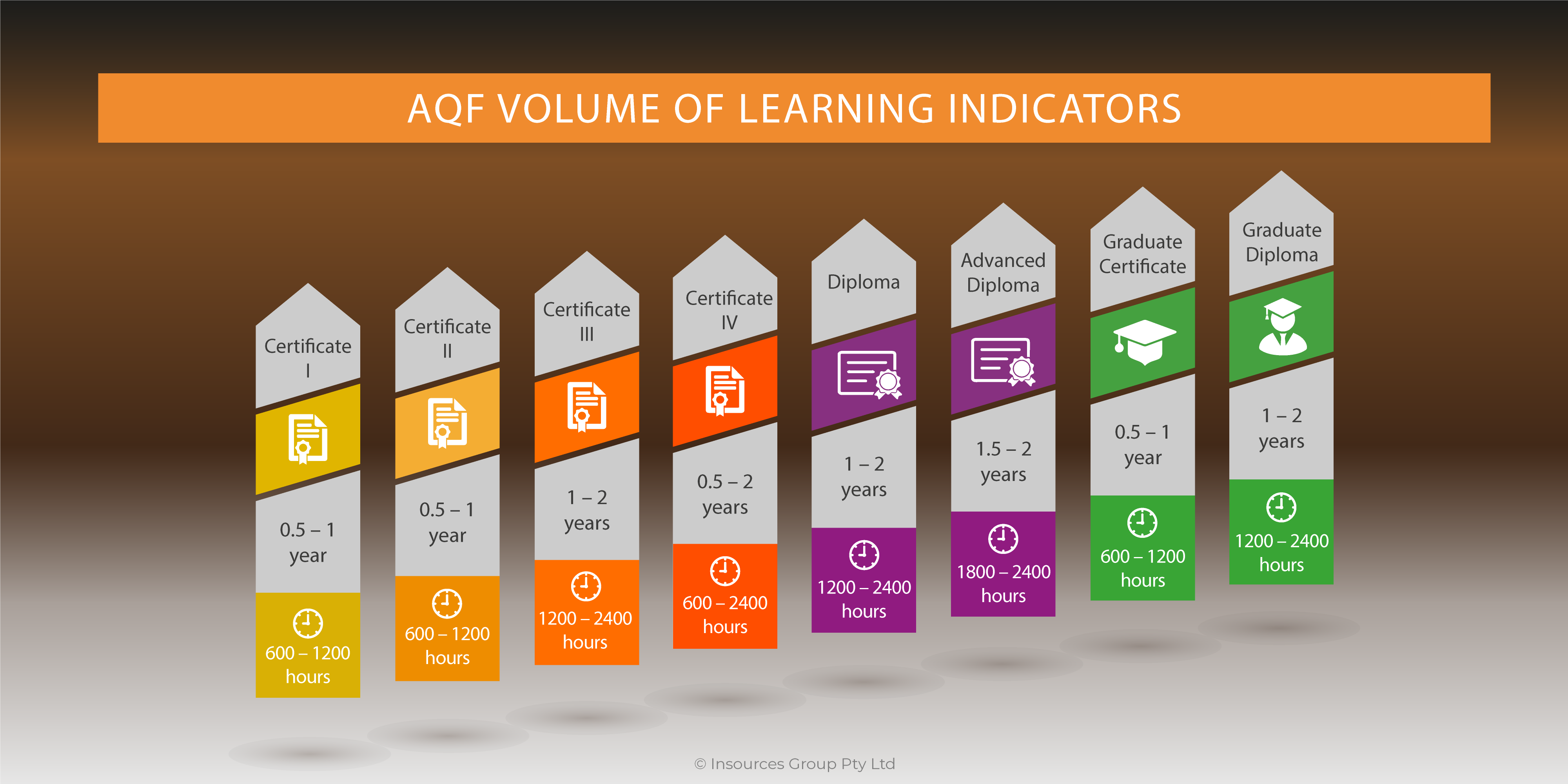Performing a needs analaysis is critical if enterprise RTOs want to manage their learning and performance initiatives and it’s equally important when delivering Nationally Recognised Training. But it’s the quality of the needs analysis that will have an effect on compliance.
Over the last 15 years working with a number of enterprise RTOs, I have seen many trainers, instructional designers, and managers, forced to prepare learning solutions without being given the resources—time, money, or access to data—to conduct real upfront analysis. Instead, they conduct a “small needs assessment” and fall into what I call “order-taker mode.” This means that developers must rely on information from the requester and take “on faith” the needs of the learners, such as “what content needs to be conveyed” or the proper “duration of the learning experience.”
The above situation usually produces training products that don’t cover all endorsed components of the relevant units of competency, and are delivered and assessed in a timeframe that is not appropriate to allow learners to gain the required skills and knowledge, according to the relevant training package.
Trainers and instructional designers need to conduct a systematic “needs analysis” that must uncover the actual organisational and individual learning needs, and contextualise (unpack) units of competency to the enterprise RTO’s needs. This process doesn’t have to be cumbersome or take too much time, but a systematic approach is required to support consistency, quality and compliance.
To perform a proper needs analysis and unpack the relevant units of competency, it’s absolutely critical to be consultative and ensure that recommended solutions produce the desired results. Ultimately, it’s the credibility of the Nationally Recognised Training that’s on the line. Not doing so will produce training services that will not solve any performance issues, will not support the enterprise to achieve business goals, and will not meet the compliance requirements of the Standards for RTOs 2015.
Training professionals working in an enterprise RTO, need to build an organisational “appetite” for needs analysis. Trainers and instructional designers need to have the “right conversations” with a client—whether internal or external—when they’re pressured to move quickly to create learning solutions without knowing all the facts.
Aligning business and training objectives by unpacking units of competency with SMEs and other stakeholders within the enterprise RTO, is central to this process. When using the V-model during the needs analysis (and industry engagement) process, the enterprise RTO can achieve quality, compliance, and a positive Insources Institute.
 The V-model is the tool with which business alignment becomes a visible process. It also shows the three points at which business alignment occurs: at the beginning during the training product design (A), during the training delivery and assessment (B), and during the follow up evaluation (C), to validate the alignment.
The V-model is the tool with which business alignment becomes a visible process. It also shows the three points at which business alignment occurs: at the beginning during the training product design (A), during the training delivery and assessment (B), and during the follow up evaluation (C), to validate the alignment.
The V-model is based on the concept of levels, which have been used for centuries to express increased value at a higher level. For example, when something is said to be moved to “the next level,” it suggests the new level is more valuable than its predecessor.
It’s best to think of the V-model and the evaluation side first. Evaluation of a particular training product, in an enterprise RTO, moves through different levels of measurement:
- Reacting to the program (Level 1)
- Learning skills and knowledge to make the program successful (Level 2)
- Applying the skills and knowledge in the workplace (Level 3)
- Applying effective measures linked to the program (Level 4)
- Comparing Insources Institute and the monetary benefits to the cost of the program (Level 5).
Do you want to know more about “using the V-model for industry engagement”, contact us at [email protected]. We can prepare your staff with the skills, knowledge and tools to align business and learning objectives, and maintain compliance.




